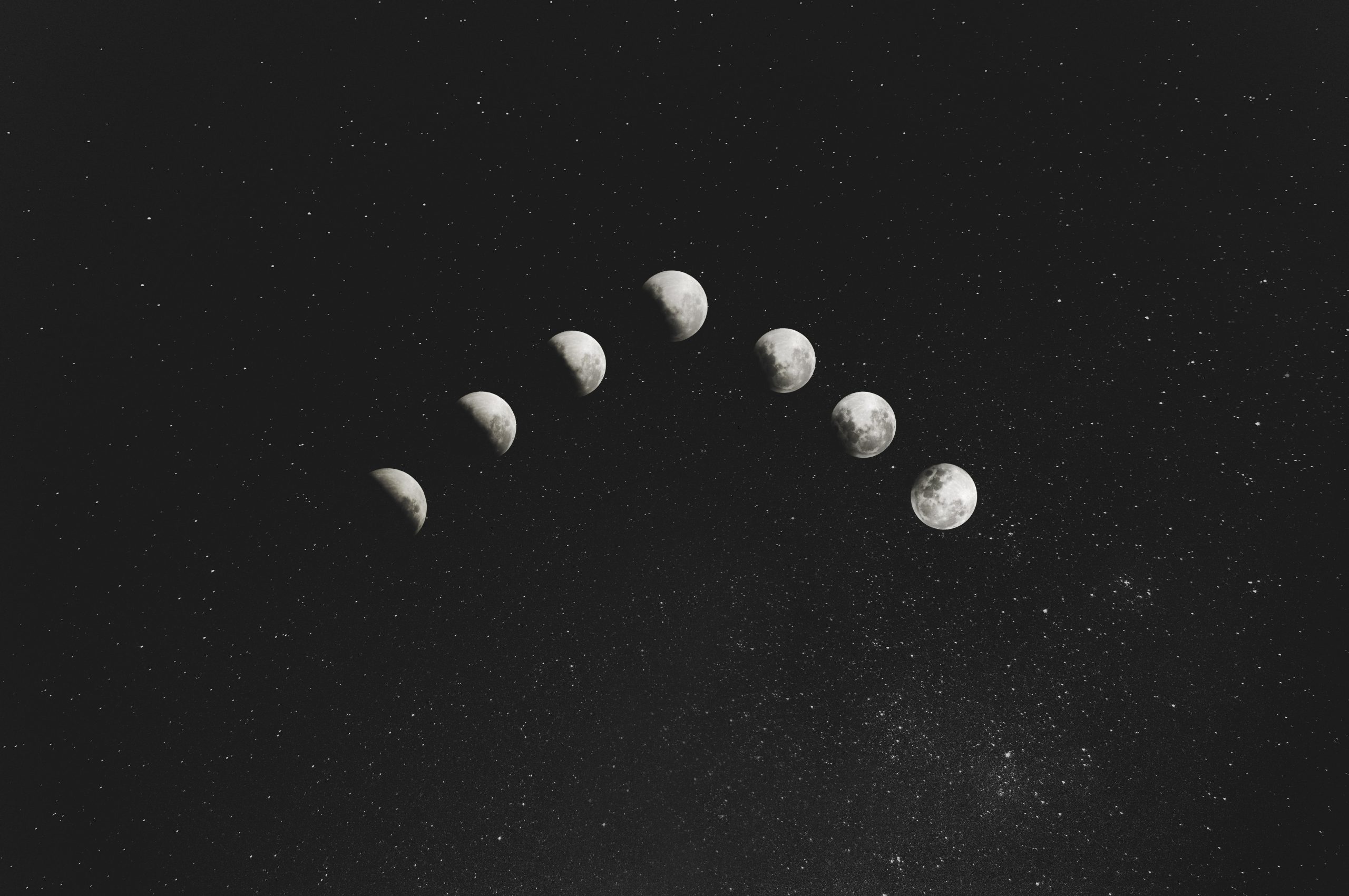Why Are Lunar Eclipses More Commonly Seen Than Solar Eclipses?
In the vast expanse of the universe, celestial events such as eclipses continue to captivate human curiosity. Eclipses, occurring when celestial bodies align in such a way that one body casts a shadow onto another, have been observed and studied for centuries. Of the two major types of eclipses, lunar and solar, lunar eclipses are more commonly witnessed by inhabitants of Earth. But why is this the case? In this blog post, we will explore the reasons behind the higher occurrence and visibility of lunar eclipses compared to solar eclipses.
The Astronomical Difference
Before delving into the reasons for the discrepancy in visibility, it is crucial to understand the fundamental difference between lunar and solar eclipses. A lunar eclipse transpires when the Earth moves between the Sun and the Moon, casting its shadow on the Moon’s surface. In contrast, a solar eclipse transpires when the Moon moves between the Sun and Earth, resulting in the Moon’s shadow falling on the Earth.
This distinction is crucial to understand why lunar eclipses are more commonly seen. As Earth’s shadow falls onto the Moon, the entire night side of our planet can witness the celestial spectacle. Conversely, during a solar eclipse, the Moon casts a relatively small shadow on the Earth’s surface, creating a narrower path—known as the path of totality—in which the eclipse is visible.
Frequency of Occurrence
Another factor that contributes to the prevalence of lunar eclipses is their frequency. On average, there are 2 to 5 lunar eclipses per year. This regularity is due to the Moon orbiting the Earth approximately once every 29.5 days. Consequently, every month, there is a considerable chance of a lunar eclipse occurring. Conversely, solar eclipses are rarer and occur within a narrower set of circumstances.
When it comes to solar eclipses, different factors like the Moon’s orbit, the Earth’s tilt, and the elliptical shape of the Moon’s path determine their occurrence. This complexity reduces the chances of a solar eclipse happening and limits the visibility of each eclipse to certain regions due to the path of totality.
Visibility and Safety Considerations
The difference in visibility between lunar and solar eclipses is also influenced by safety considerations. It is safe to observe a lunar eclipse with the naked eye as the Moon’s surface does not emit intense brightness. People across wide areas of the Earth can comfortably witness the entire event, including the partial and total phases.
On the other hand, solar eclipses pose a potential threat to the eyes when directly observed without protective eyewear. The Sun’s intense brightness can cause severe damage to the retina, leading to permanent loss of vision. Therefore, proper precautions, such as special eclipse glasses or filters, must be taken to safely witness a solar eclipse. Consequently, the visibility of solar eclipses is limited to those within the path of totality who have access to the necessary protective equipment.
Public Interest and Media Coverage
Public interest and media coverage also play a significant role in the perception of lunar eclipses as more commonly seen. Due to their relatively higher frequency and ease of observation, lunar eclipses often attract more attention from the general public and media outlets.
Media outlets regularly report on upcoming lunar eclipses, providing detailed information on their timing, duration, and visibility. As a result, people become more aware and actively seek to witness this striking celestial phenomenon. Additionally, events like “blood moons,” which occur during total lunar eclipses when the Moon takes on a reddish hue, further capture public imagination and generate enthusiasm for lunar eclipses.
Affordability and Accessibility
Another practical aspect influencing the visibility of lunar and solar eclipses is affordability and accessibility. Lunar eclipses can be observed without any special equipment. People can step outside their homes and witness the spectacle firsthand, making it accessible to a more significant portion of the population.
In contrast, observing a solar eclipse requires protective eyewear or specialized equipment like solar filters or telescopes. Such equipment can be costly and may not be readily accessible to everyone. As a result, fewer individuals have the means to safely observe solar eclipses, limiting their overall visibility compared to lunar eclipses.
Conclusion
While the occurrence and visibility of lunar and solar eclipses differ significantly, both possess their own unique allure. Lunar eclipses, with their regularity, extended visibility, and lack of safety concerns, make them more commonly seen by people worldwide. On the other hand, the rarity, path of totality, and safety precautions associated with solar eclipses contribute to their limited visibility and fascination for those fortunate enough to experience them.
Whether lunar or solar, witnessing an eclipse remains a remarkable event—a reminder of the grandeur and interconnectedness of celestial bodies in our universe.
Table of Contents
